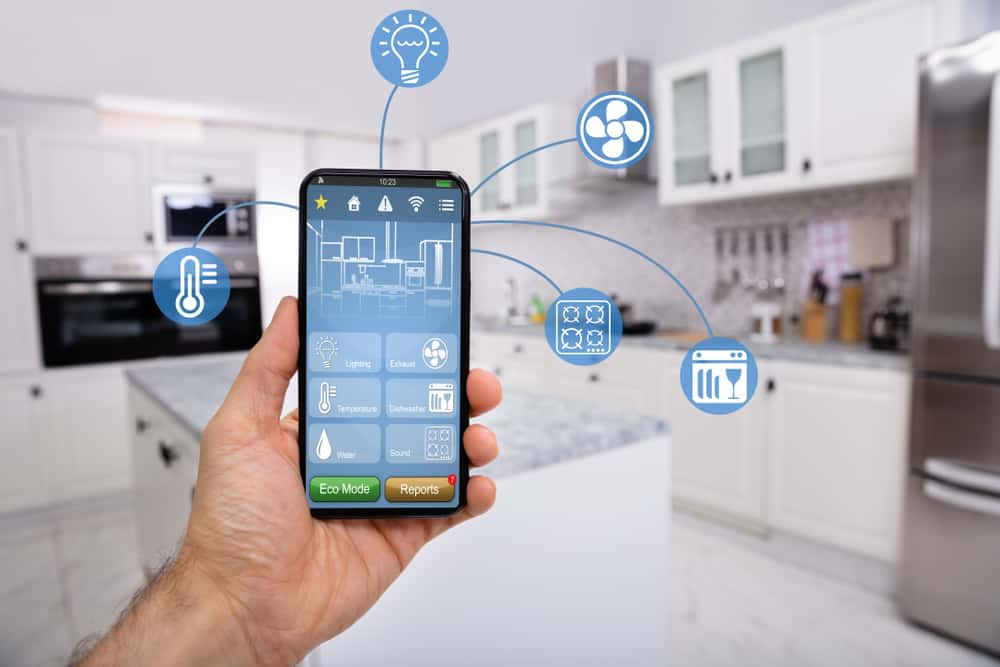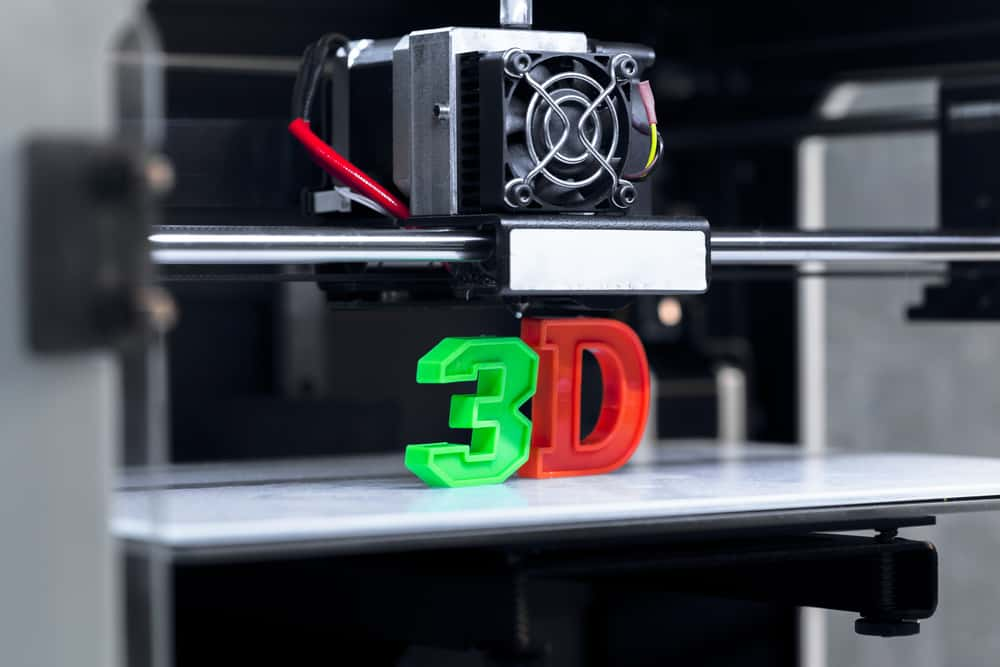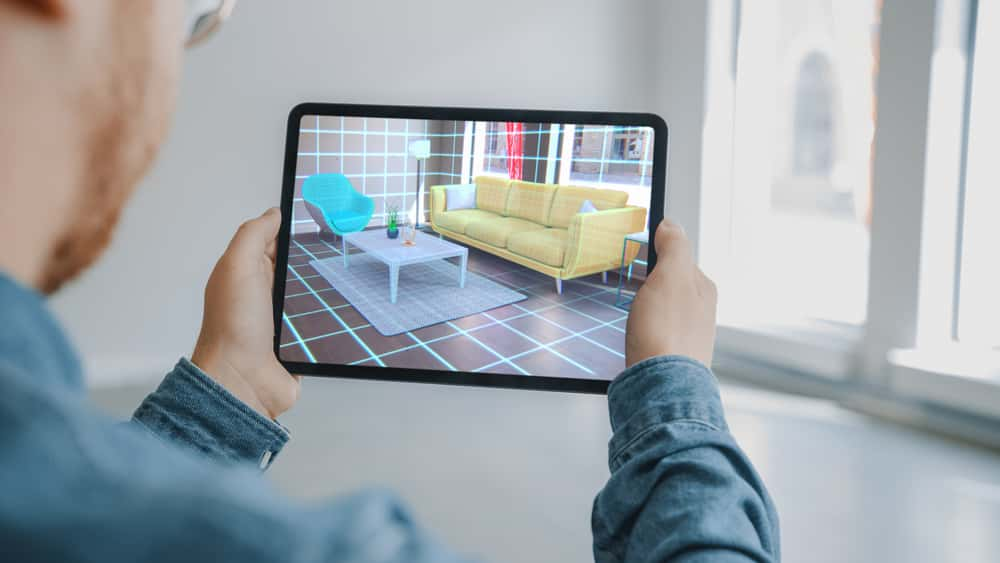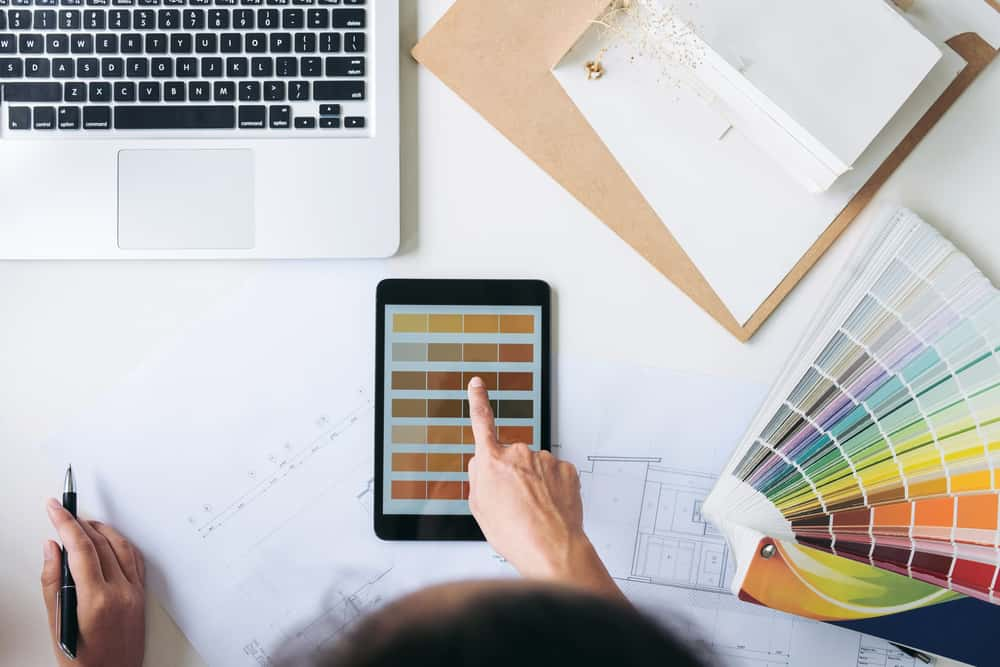We’re in an age where technologies are changing at breakneck speed, and innovations in every sector are redefining every aspect of our lives. Robots are cleaning our homes, cars no longer need drivers, and delicate surgeries are performed over the internet. The world of interior design is keeping pace with digitization—and with the evolution of technologies like AR and VR, 3D printing and the Internet of Things, modern designers must step up to this transformation, or be left behind!
Traditional design tools and processes have been replaced by advanced technology that enhances creativity, making it easier to turn concepts into reality. Designers now have access to software and computer-aided design tools and resources that allow them to visualize and share concepts better. They can reach out and collaborate with customers, get all the stakeholders on the same page, minimize errors through precise documentation and keep customers happy.
Want to know more about the latest tools on the market? Here’s our list of the hottest technology trends that are influencing the interior design space.
Digital Drafting
The days of the T Scale, enormous drafting boards and set squares are now passé. AutoCAD from AutoDesk, Revit, SketchUp or Virtual Architect is among the new-age software platforms that allow architects and designers to translate their concepts into 2D drawings. These 2D drawings can be easily converted to 3D images, videos or interactive walkthroughs that can be used to convey thoughts and ideas in a more comprehensive way.
Powerful tools and versatile libraries can be accessed instantly to offer industry-specific functionality. Once the drawings are created, they can be shared online, stored in the cloud and organized in a central repository on the web.

IoT and Smart Homes
The Internet of Things, or IoT in short, is truly a game-changer for homeowners. Leveraging the power of the internet, everyday devices communicate with each other and create a smart home that’s built on the personal preferences of the owners. Tech-savvy young people are demanding mind-blowing functionality in their home interiors, and with smart-connected gadgets and appliances, interior designers are able to give them exactly what they’re looking for.
Smart Sensors in Interior Design Technology
Smart sensors that turn lights off when you leave the room, refrigerators that tell you when it’s time to stock up on groceries, and a coffee maker that makes your coffee in the morning, just the way you like it. Enhanced security through smart locks that give homeowners easy access, even from a distance, while sounding the alarm on intruders and being intuitive enough to click their picture through hidden security cams at strategic locations. Smart speakers that use voice commands to carry out your every wish, right from playing music to answering questions and telling you a joke!
This, truly, is where the future is at!

CNC Machine and 3D Printing
3D printing has opened up exciting options in architecture and interior design. 3D printed solutions blend aesthetics and innovative forms to create stunning furniture pieces, lamps, accessories and artefacts. While the speed of printing and price points are still a hurdle to be overcome, this technology continues to evolve and pave the way to immense possibilities in the future. Dubai architects have set an example, with the world’s first 3D printed office!
CNC machines use numerical control guided by computers and laser optics to perform accurate cutting and engraving that is automated. Modular kitchens are fabricated using these machines for cutting and routing the shutters, enabling perfect finishes.

Virtual Reality & Augmented Reality
One of the biggest challenges every designer faces is convincing clients to buy into their concepts. Customers simply cannot understand 2D drawings and sketches and, when presented with conventional blueprints, fail to understand the nuances of the designer’s vision. This is where Virtual reality (VR) and Augmented Reality (AR) make a world of difference.
- Through hyper-realistic 3D renders and 3D virtual tours created using software such as V-Ray, viewers can get an immersive experience of the completed home interior and visualize the design easily. Designers can even make changes on the fly and show clients what a change in colour or material choice would look like.
- Advanced VR experiences that are still being perfected include the ability to strap on a headset and walk into a holographic projection of the designed interior. Clients who can get such an immersive experience can participate in their own design process, giving accurate feedback and enabling designers to give them exactly what they need in their new home.
Augmented Reality in Interior Design Technology
Augmented Reality goes a step further, by linking the virtual to the existing world and overlaying features from one to the other. IKEA’s exciting new catalogue app allows the user to scan and select an image from the printed catalogue, placing it in any room in real-time through their smartphone.
HomeLane’s proprietary 3D rendering platform SpaceCraft allows clients to collaborate remotely with a HomeLane designer, customising their home in real-time and getting updated budget estimates along with each design suggestion!

And this is just the tip of the iceberg! Tech advancements offer incredibly intuitive new ways to run an interior design business, deliver immersive experiences to clients, and even collaborate with clients and market design services. At HomeLane, we stay on top of tech tools and software to give you cutting-edge designs for your home decor. For the latest in creative innovation, connect with the design team at HomeLane.





